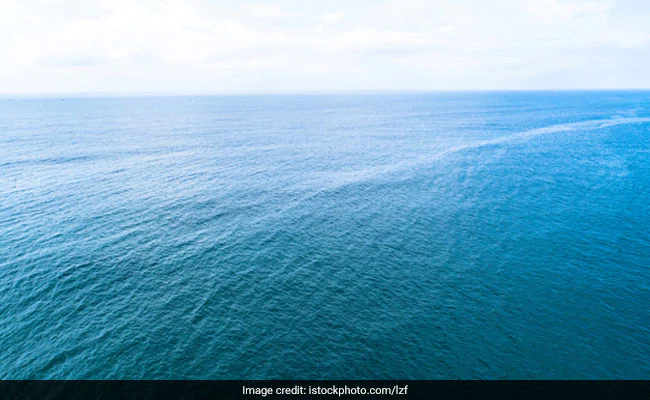Over the past 20 years huge swathes of the world’s oceans have changed colour, displaying a subtle greening towards the tropics that researchers say points to the effect of climate change on life in the world’s seas.
In the new research published on Wednesday, scientists said they had detected shifts in colours across more than half of the world’s oceans — an expanse bigger than Earth’s total land area.
Authors of the study in Nature think that is down to changes in ecosystems, and particularly in tiny plankton, which are the centrepiece of the marine food web and play a crucial part in stabilising our atmosphere.
“The reason we care about the colour changes is because the colour reflects the state of the ecosystem, so colour changes mean ecosystem changes,” lead author B.B. Cael, of Britain’s National Oceanography Centre, told AFP.
The colour of the seas when seen from space can paint a picture of what is going on in the upper layers of the water.
A deep blue would tell you that there is not much life, while if the water is greener it is likely to have more activity, specifically from the photosynthesising phytoplankton, which like plants contain the green pigment chlorophyll.
These produce a significant amount of the oxygen we breathe, are a crucial part of the global carbon cycle and are a foundational part of the ocean food web.






